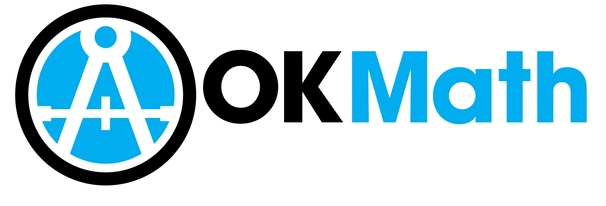Lesh, Middleton, Caylor, and Gupta (2008) present the argument begun by Freudenthal in the Netherlands and continued by Jim Kaput in the United States of America. Among many critical questions, the most relevant focus on what it means to understand the most important constructs and conceptual systems in mathematics. This question, also at the heart of the Realistic Mathematics Education movement, led Kaput and his colleagues to consider mathematics curriculum in the way that design-sciences (such as engineering) are considered; namely, that the “design specs should optimize the chances that desired types o development will occur; but, they should not dictate the exact nature of the product that is produces” (p. 118, emphasis in original). Thus, Model Eliciting Activities were birthed such that sensibility in the processing, rather than school-based notions of correctness, took center stage.
Not unlike the apprenticeship structure of yore, the design process of an effective Model Eliciting Activity requires the iterative process of express⟷test⟷revise from the designer in the same way that it requires the student to engage in the express⟷test⟷revise process as they respond to their own task.
Lesh, et al. further addressed the aspects of the Model Eliciting Activity from the perspective of how they are designed. The following design principles are meant to guide their development and maintain some efficacy in their implementation.
- The model construction principle – the activity requires the problem solver to create a mathematical system to reasonable address the needs and purpose of a given client.
- The reality principle – implies that the question posed in the activity is a reaslistic situation that requires the use of a mathematical model to solve the problem.
- The generalizability principle – poses the question, “Does the model developed provide a way of approaching the situation that is shareable, transportable, easily modifiable and/or reusable?”
- The self-assessment principle – means that the problem provides context and information needed to help students evaluate their progress.
- The construction principle – means that the activity is not only model eliciting, but also thought revealing.
- The effective prototype principle – means that the students’ solution to a problem provides a useful prototype, or metaphor, for interpreting other situations.
(modified from Diefes-Dux, Bowman, Zawojewski, & Hjarlmarson, 2006)

